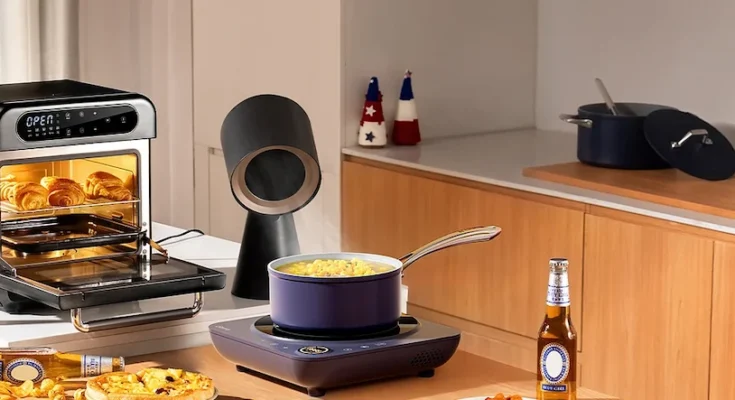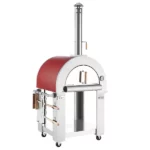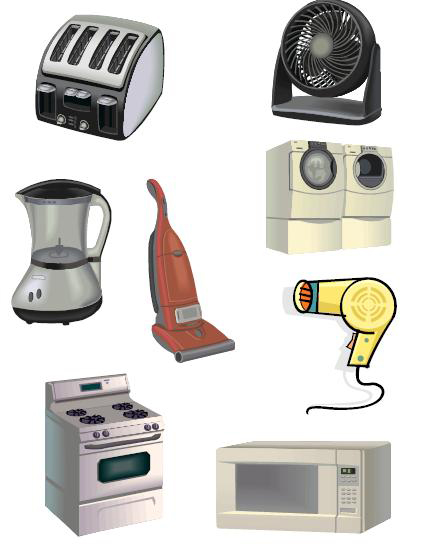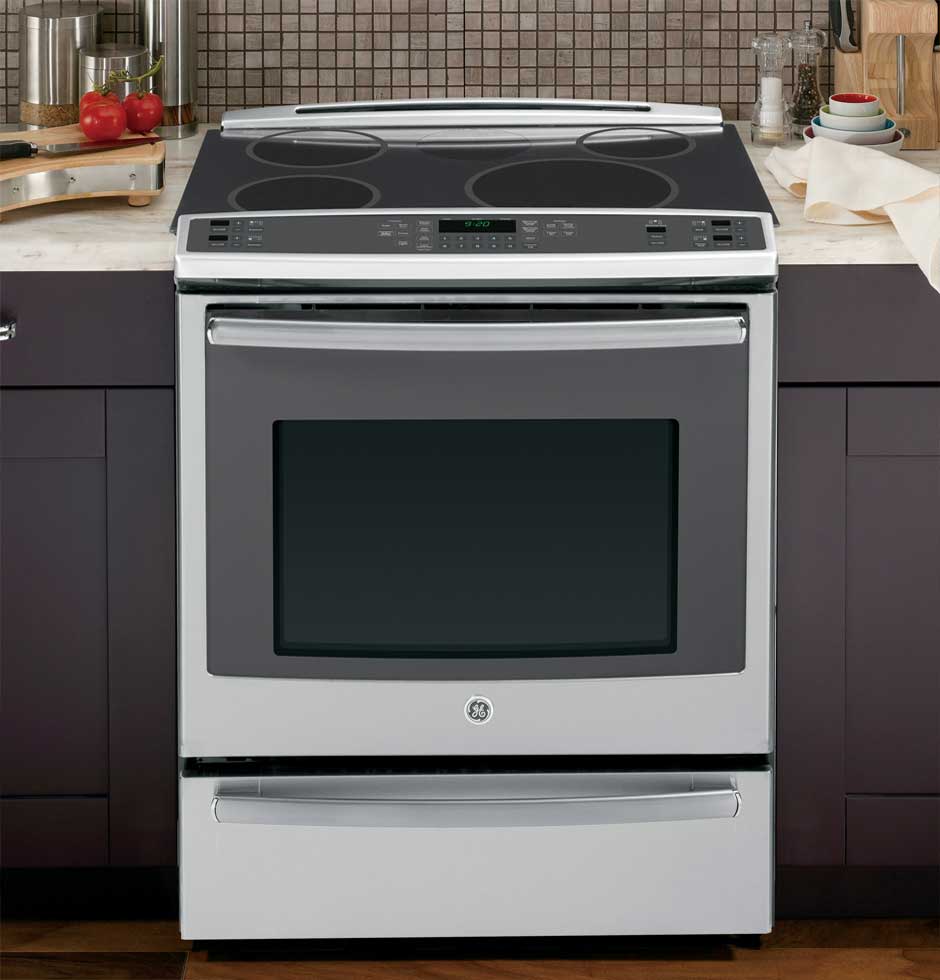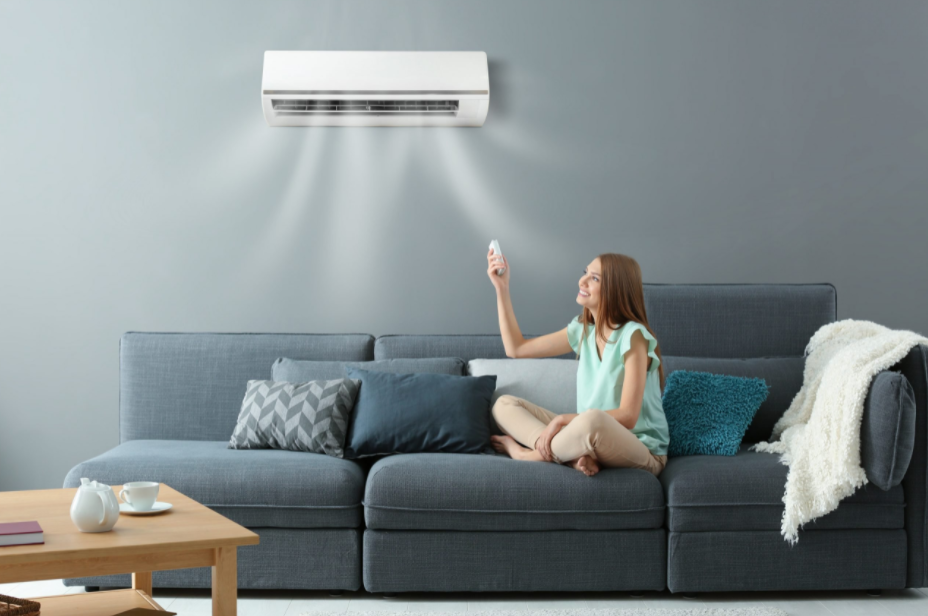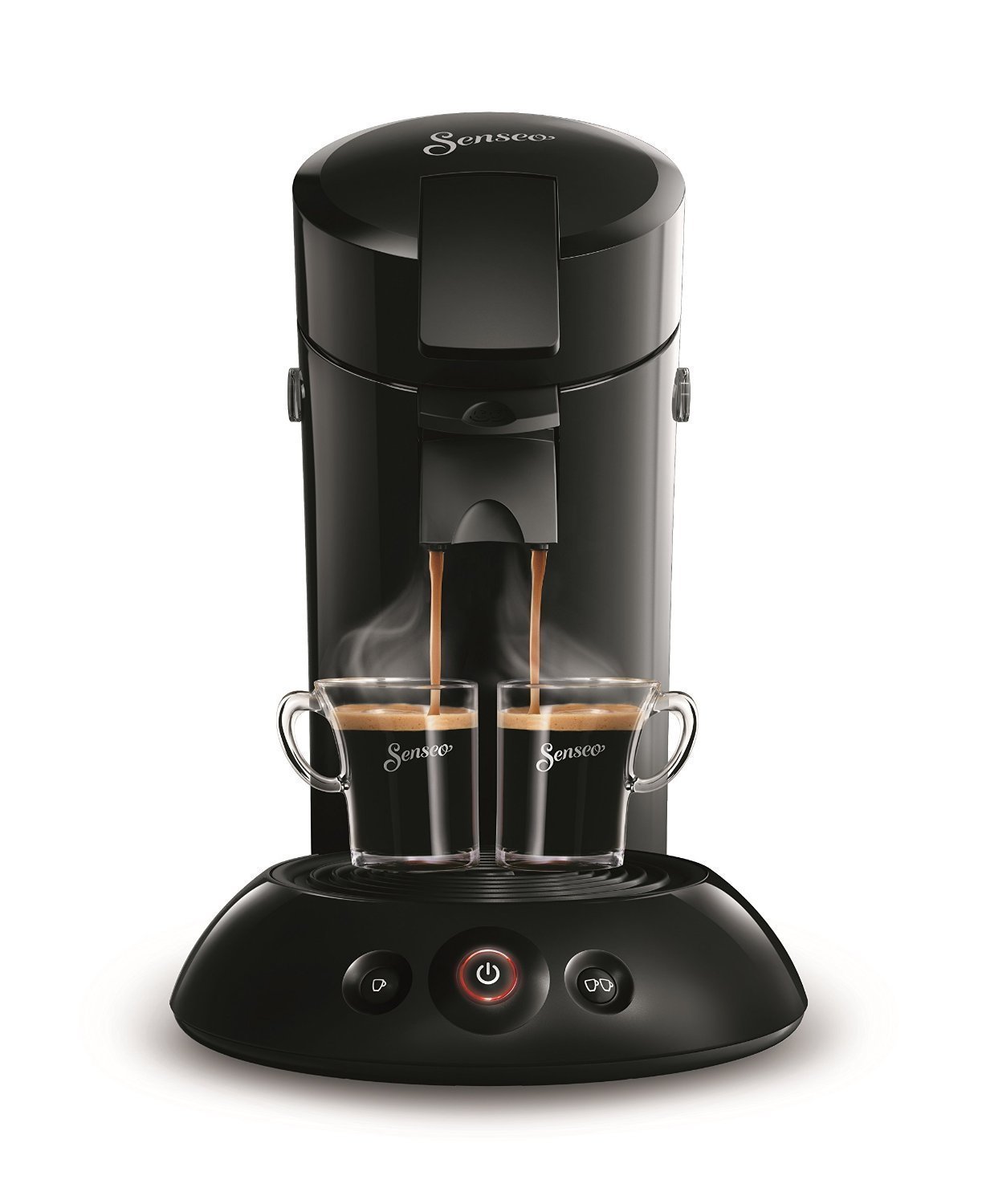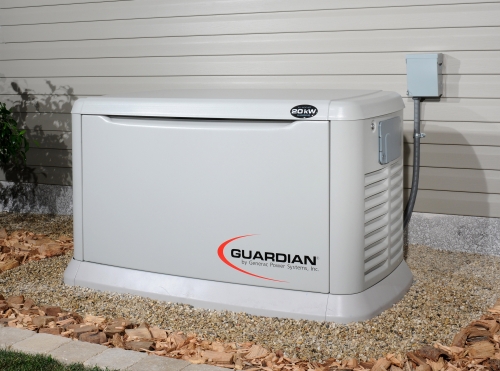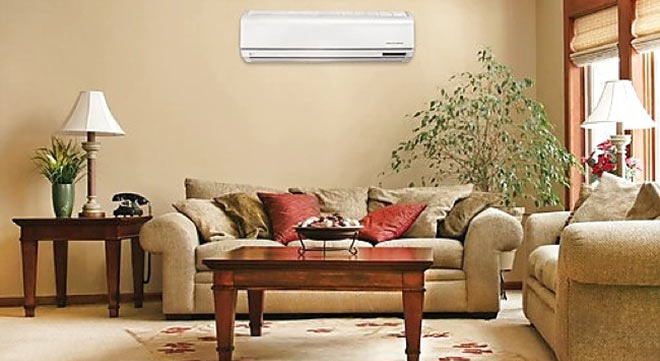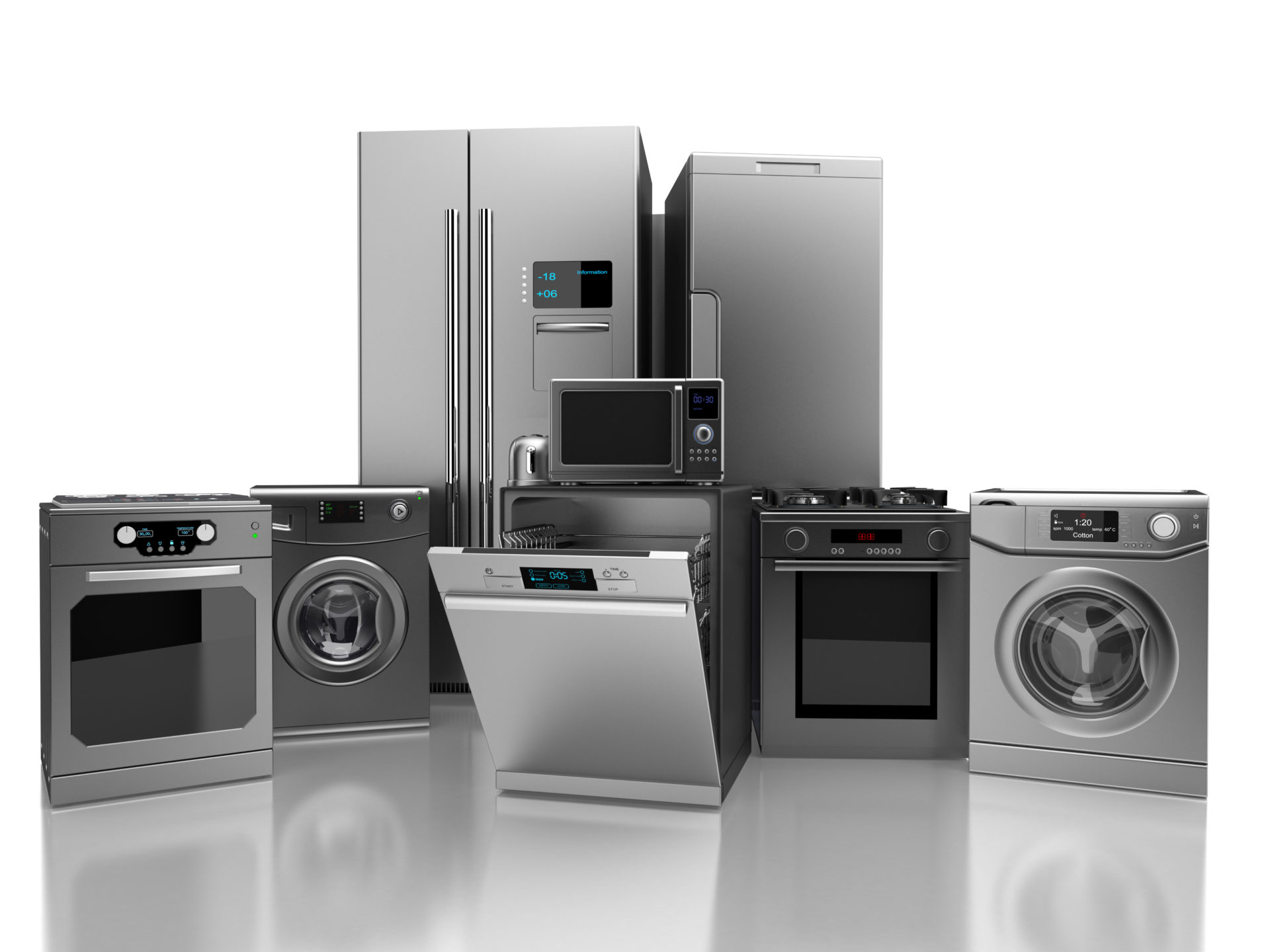In today’s fast-paced world, kitchens are getting smarter, smaller, and more efficient. Among the many modern cooking appliances, the portable induction cooktop has emerged as a quiet revolution. It’s sleek, safe, and surprisingly powerful — offering the kind of control and speed that traditional gas stoves can only dream of. But what makes it so special, and could it truly be the future of compact cooking?
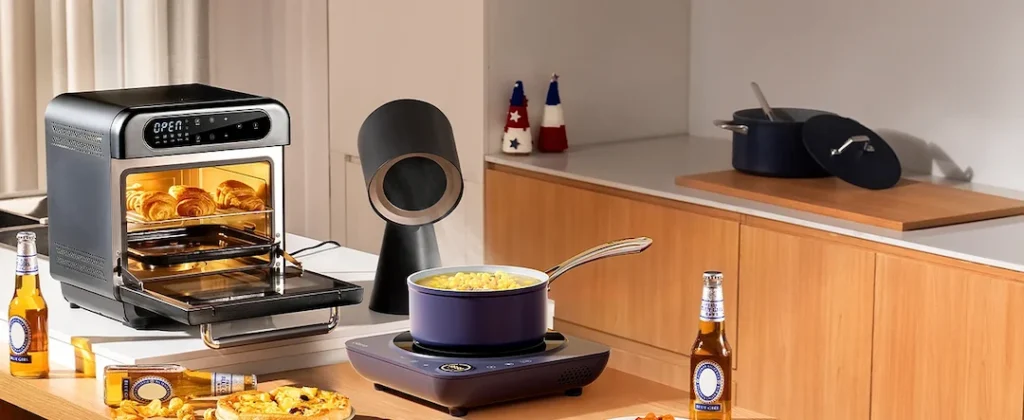
Content
How Does a Portable Induction Cooktop Work?
At first glance, a portable induction cooktop might look like a regular electric burner, but the technology beneath its glass surface is remarkably advanced. Instead of using a flame or a conventional electric heating element, it works through electromagnetic induction.
When you place a compatible pan on the surface, the cooktop creates a magnetic field that directly heats the cookware itself — not the surrounding air. This results in near-instant heat transfer and precise temperature control. Once the pan is removed, the cooking zone cools down almost immediately, reducing the risk of accidental burns or wasted energy.
This precision is why induction technology has been favored in professional kitchens for years. The portable version brings that same precision to homes, dorm rooms, RVs, and even outdoor spaces.
What Makes It Different from Traditional Cooking Methods?
Compared to gas or electric stoves, a portable induction cooktop is more energy-efficient, faster, and safer. With traditional methods, much of the heat is lost to the air — especially when cooking with gas. Induction, on the other hand, directs the energy straight into the cookware, leading to faster boiling times and lower energy bills.
Another notable difference is temperature control. While gas stoves require visual judgment of the flame, induction allows you to select exact heat levels with digital precision. You can melt chocolate without scorching it or sear meat at high temperatures without overcooking.
And because the cooktop’s surface doesn’t get extremely hot, spills don’t burn onto the surface, making cleanup effortless. Just a quick wipe, and it’s ready for the next use.
Why Is Ventilation Still Important — Even for Induction Cooking?
Many people assume that because induction doesn’t involve open flames or combustion, ventilation isn’t necessary. While it’s true that induction cooking produces less heat and smoke than gas, it still releases steam, odors, and microscopic grease particles — especially during frying or searing.
That’s where a range hood comes into play. A quality range hood removes moisture and airborne particles, keeping your kitchen air clean and fresh. Even if your portable cooktop is used on a countertop or a movable island, pairing it with a small ductless or under-cabinet range hood helps maintain air quality and prevents residue from settling on walls or cabinets.
If portability is your goal, consider a recirculating range hood with a carbon filter — it can be installed almost anywhere without the need for external venting. This combination ensures a comfortable cooking experience without the lingering smell of last night’s dinner.
When Is a Portable Induction Cooktop the Right Choice?
The versatility of a portable induction cooktop makes it perfect for a wide range of situations:
- Small apartments or studio kitchens: Ideal for maximizing limited space.
- Student dorms: Safe and compact for quick meals.
- Outdoor cooking: Great for patios, balconies, or RV trips.
- Supplementary burner: Useful during large family gatherings or holidays when extra cooking space is needed.
Because it’s lightweight and often requires just a standard electrical outlet, setup is quick and convenient. You can even use it as a backup cooking option during kitchen renovations or emergencies.
Practical Tips for Using a Portable Induction Cooktop
- Use the right cookware: Only magnetic materials such as cast iron or stainless steel work effectively. You can test compatibility by checking if a magnet sticks to the base of your pan.
- Keep the surface clean: Any residue or moisture between the cookware and cooktop can interfere with heating efficiency.
- Mind the power source: Ensure the electrical circuit can handle the wattage, especially if using multiple appliances simultaneously.
- Pair with ventilation: Even though induction produces minimal smoke, a range hood ensures clean air and prevents odors from lingering.
The Eco-Friendly Side of Induction Cooking
Induction technology is not only efficient but also environmentally friendly. Because it wastes less heat and cooks food faster, it significantly reduces energy consumption. For households aiming to lower their carbon footprint without sacrificing performance, a portable induction cooktop is a step in the right direction.
Moreover, since there are no open flames, indoor air quality improves, and kitchens stay cooler — especially useful in warmer climates or smaller spaces where every degree of temperature matters.
Final Thoughts: Is It Worth It?
If you’re looking for an appliance that’s compact, fast, energy-efficient, and easy to maintain, the portable induction cooktop is hard to beat. Whether you’re cooking for one in a studio apartment or need an extra burner for family feasts, it brings flexibility and precision to modern cooking.
When combined with a properly installed range hood, it creates a clean, efficient, and comfortable kitchen environment — a perfect match for contemporary lifestyles. So yes, the portable induction cooktop isn’t just a passing trend — it’s a glimpse into the future of how we’ll cook in smaller, smarter, and greener kitchens.

Christine Kelley is a dedicated home blogger who has been blogging for over six years. She covers everything home related. Christine also loves writing posts about her travels to Europe with her husband and two children.

